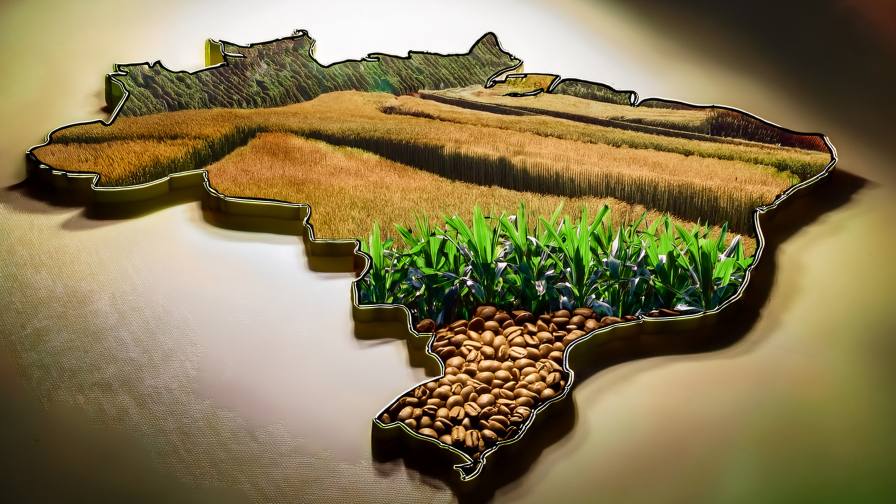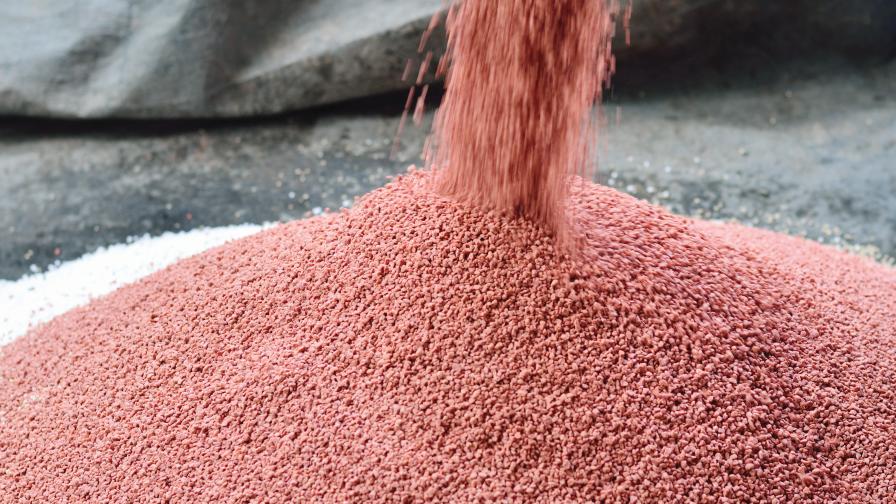How Regenerative Ag Affects Crop Inputs
Regenerative agriculture isn’t new. The term was coined by the Rodale Institute in the 1980s, but it’s gaining revolution-type momentum amid heightened action about climate change and real ROI for farmers looking to lower costs amid battered commodity prices. Large agriculture companies, food processors, and grocers are building regenerative practices into their sustainability goals, and the free market and governments alike are demanding more holistic production methods to help solve the climate crisis, offer a possible avenue to sequester carbon, and bolster security of food and water supplies.
Incentives will encourage rapid adoption of regenerative practices. Some of the hallmarks of regenerative agriculture include soil health, plant health, biodiversity, and water conservation in a way that unlocks the potential of natural ecosystems. Governments, G.A.P., and food processors are migrating to quantifiable standards to gauge food production methods, the most important of which are:
Conservation tillage: Planting methods that do not disrupt the soil prevent erosion of the precious few inches of soil that regenerates at about 1 inch per 100 years and prevents the release of carbon into the atmosphere. Conservation tillage also improves the carbon sequestration capacity of the soil, improves water conservation, reduces fuel consumption, reduces compaction, increases planting and harvesting flexibility, reduces labor requirements and improves soil tilth.
Crop rotation and interplanting: Diversity of plants provides diversity of micro-organisms in the soil and impact the diversity of the terrestrial ecosystem. It reduces soil loss, runoff, and the loss of nutrients, pesticides, and herbicides, while also protecting the quality of streams, rivers, and lakes. Cover crops improve soil structure, stability, and increased moisture- and nutrient-holding capacity for plant growth, infiltration and percolation.
There are additional strategies for livestock, but these core practices for land use protect the soil, provide more organic material to fortify the soil, and increase biodiversity above and below the ground. These practices prevent leaching of carbon into the atmosphere and encourage the soil to trap more carbon from the atmosphere naturally through photosynthesis.
How it Affects Inputs
The U.S. National Academy of Sciences estimated in a 2019 study that global farmland could capture and store as much as 3 billion tons of additional carbon dioxide if farmers adopted this holistic approach to ecosystems and food production.
Politically, agriculture advocates around the world are eager to prove that agriculture can be a solution to climate change instead of a contributor. This is percolating through the value chain, bubbling up from consumers, to grocers, to food processors, and ultimately to production agriculture systems.
The result is targeted supply chain interventions that scrutinize the use of chemical fertilizers and synthetic pesticides to meet the demand of an increasingly prescriptive downstream channel.
Regenerative agriculture doesn’t advocate for organic systems, which rely heavily on tillage, but certainly there are elements of organic advocacy within the regenerative ag community. However, chemical use is increasingly part of the discussion, and reductions in their use will be a natural outcome of healthier soils and healthier plants in a more balanced ecosystem.
Already major policy initiatives are setting the stage for the erosion of synthetic pesticides and fertilizers. The EU’s Green Deal sets parameters to be carbon neutral by 2050, and its Farm to Fork Initiative outlines sustainability goals aimed to reduce pesticide use by 50% by 2030 and curb the use of mineral fertilizers by 20%. Similarly the U.S. is contemplating paying farmers for planting cover crops and limiting tillage.
These changes won’t emasculate the pesticide market overnight, but the focus on climate change and carbon sequestration along with ongoing regulatory pressures, consumer demand for traceability in production systems, and farmers looking to cut production costs will erode input use incrementally in the short term and potentially could render many chemical classes obsolete in the next decade.






